Besides our different larger project we also have smaller projects or papers going on, which we will discuss in this category.
Category: Other projects
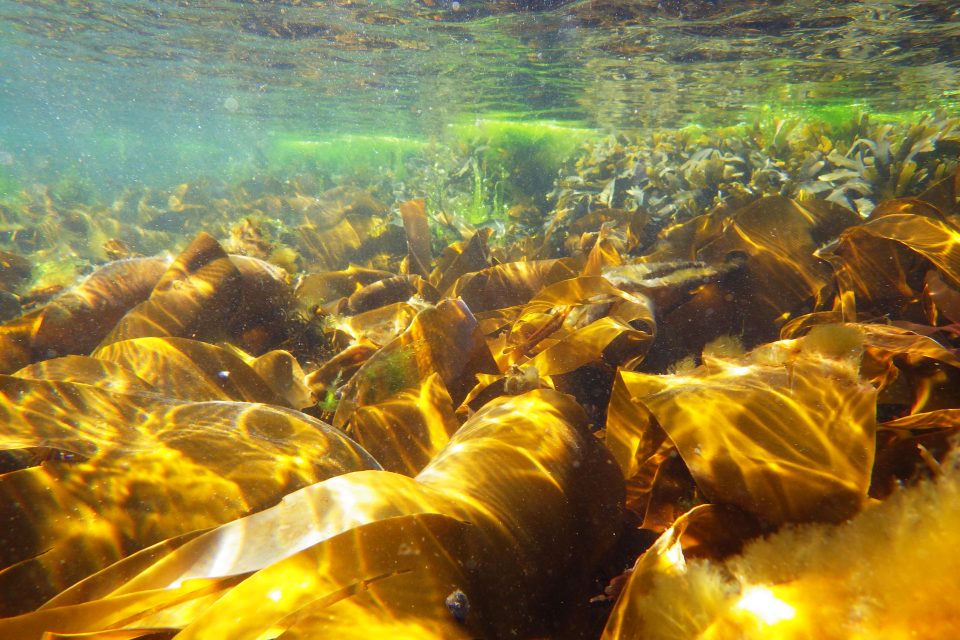
How to spend summer in Norway: fieldwork on the west coast
Summer is here, so it’s time for the Artsdatabanken project team to go back to the field. Or to the sea, in our case. After driving 500km from the east to the west coast, through beautiful mountains and majestic fjords, we arrived at Austevoll (Figure 1), an archipelago […]
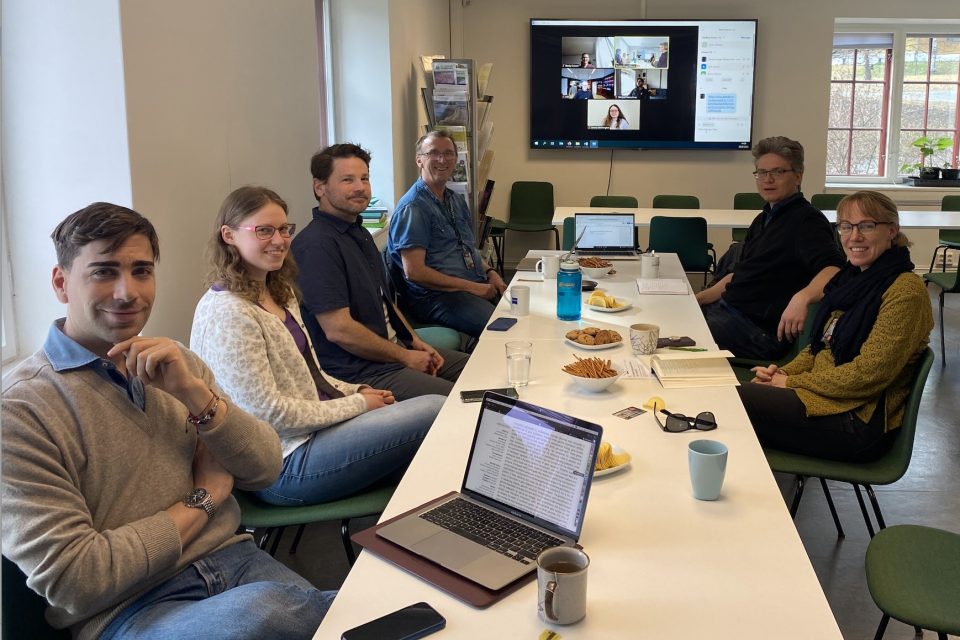
Scientists in Action (SNAC)
Black coffee but also cookies, nuts, chocolate and fruits – certainly highly appreciated ingredients to support lively scientific discussions. This is also true for the recent SNAC discussions of scientific staff at the Natural History Museum Oslo (NHM). Lively discussions – isn’t that the normal default for scientists? […]

Research and Sustainability
There is increasing societal discussions on and measures against climate change and biodiversity loss, topics that touch the self-conception and tasks of natural history museums. In 2015, the United Nations adopted the Sustainable Development Goals (SDG) for the 2030 Agenda. To what extent do the SDG affect scientific […]
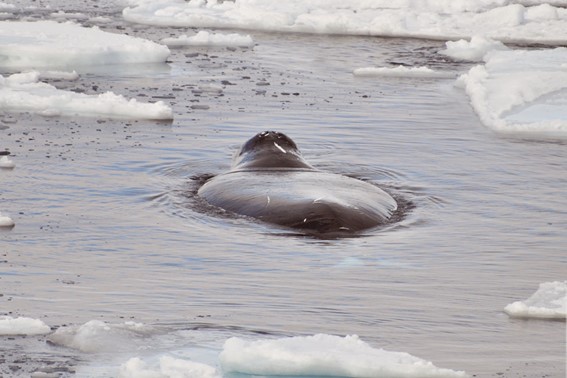
Genomic Diversity of endangered bowhead whales
The bowhead whales (Balaena mysticetus) in the East Greenland Sea, the Svalbard region and the Barents Sea (referred to as the East Greenland-Svalbard-Barents Sea (EGSB) stock) has been intensively studied for many years by members of the FEZ group. The stock is classified as Endangered in the International Union of […]
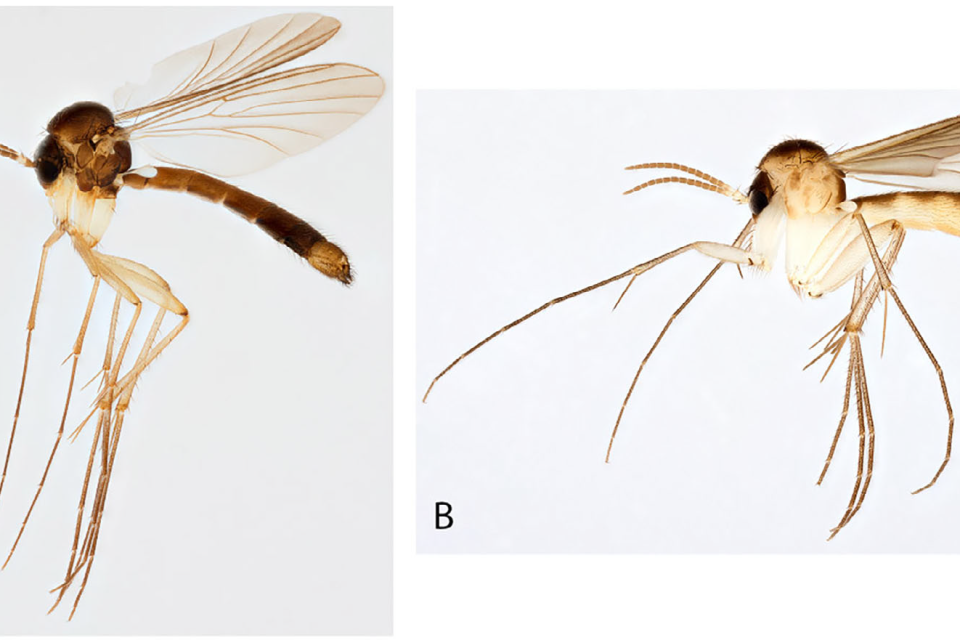
Using skims of the genome to reveal if there are two genera in Allodia fungus gnats or not
Usually I work with marine invertebrates from a group called Lophotrochozoa, which comprises among others mollusks, segmented worms and flatworms. However, the paper featured in this blog is the first of several papers to come on insects. While the others will come from Marianne’s PhD project on Aegialites […]
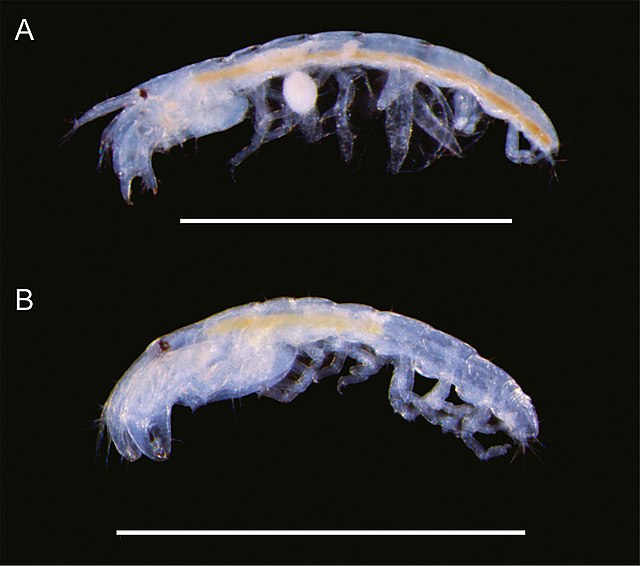
Crustacean Silk from under the Sea
Another paper involving a FEZ group member, this time about silk from a marine crustacean group! What can we learn from the history of the silk of the Tanaids, and how can it help us make better materials in the future?
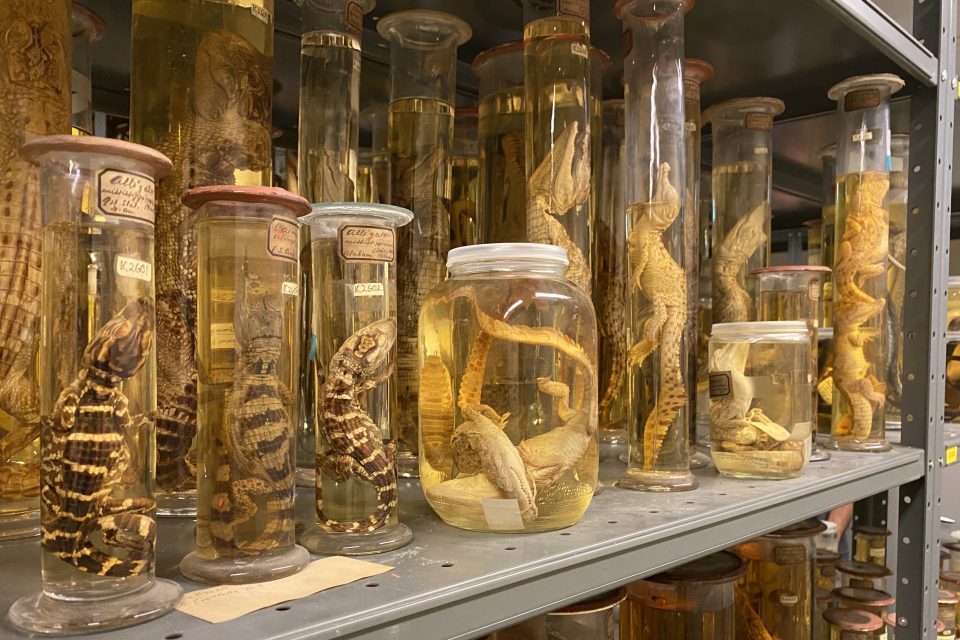
What’s in a Postdoc? Life inside the gears of the academic machine
When we head home for the holiday period, I’m sure many of us will end up in chatting away to a relative or family friend we haven’t seen in far too long, only to be confronted with that ever-present question of: “What do you do for a job […]
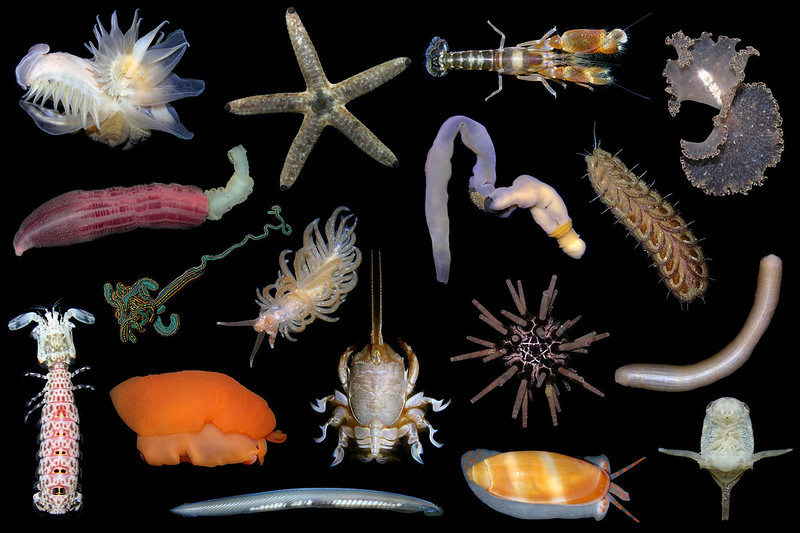
Out of all things, why marine invertebrates?
By now, everyone knows that a lot of us in FEZ are working with marine invertebrates. But why? Aren’t these just weird worms that do nothing but crawl on the ocean floor? Not really, and I’ll try to explain why. From the 34 phyla of the Animal kingdom, […]
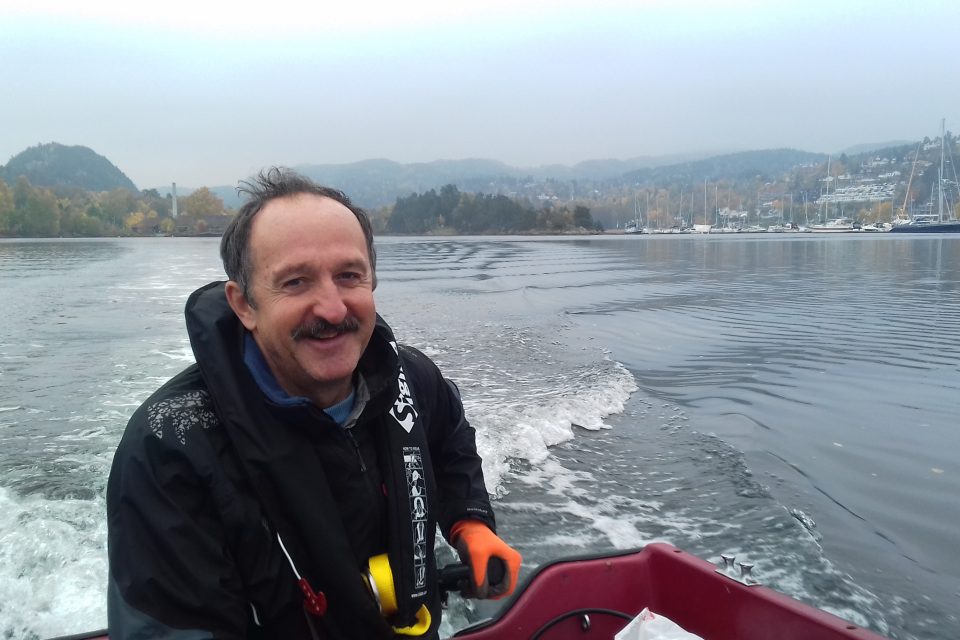
A visit, a small boat, a worm = a new record of an invasive species and a paper
In October 2018, Vasily Radashevsky from the Russian Academy of Sciences briefly visited our collection to go through the material of Spionidae, marine worms of the phyla Annelida, the segmented worms. Vasily is very enthusiastic about spionids in all there facets and he is one of the world’s […]
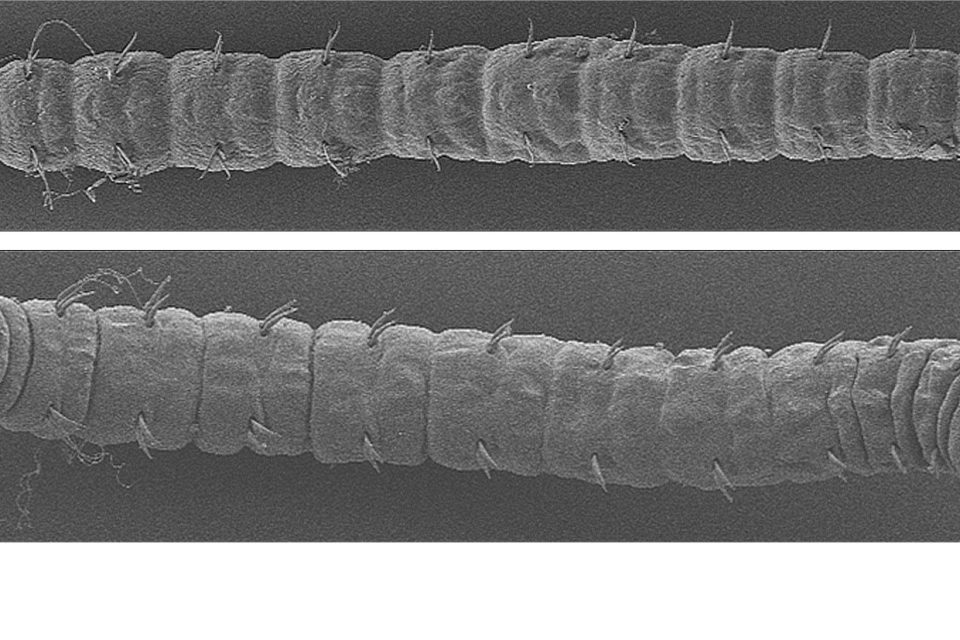
Stygocapitella – an incredibly old worm found beneath your beach towel
Species of the genus Stygocapitella belong to the ringed worms, also known as Annelida. Annelids are worms like earthworms, lugworm or christmas tree worms, but also leeches or very tiny worms living in the spaces between the sand grains, called the interstitium. Such an interstitial group of worms […]